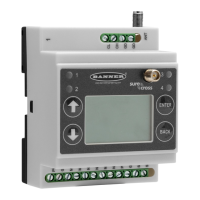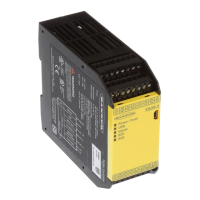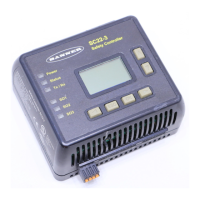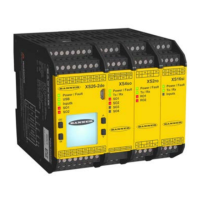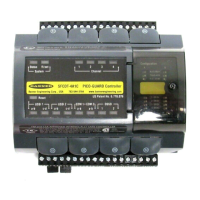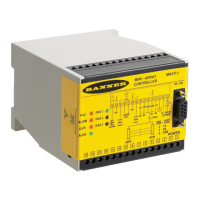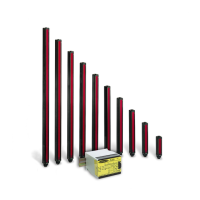Do you have a question about the Banner DXM100 and is the answer not in the manual?
Overview of Banner's DXM Logic Controller for IIoT, integrating wireless, cellular, and local I/O.
Details the automation protocols supported by the DXM Controller, including Modbus and EtherNet/IP.
Explains the DXM Controller's use of internal 32-bit registers and Modbus protocol for data exchange.
Introduces the DXM Configuration Tool for setting up registers, action rules, scheduler, and system settings.
Provides an overview of the DXM100 Controller's modular hardware configuration and board connections.
Details the ISM radio board, its connection, and DIP switch settings for MultiHop or Gateway radios.
Identifies connections and components on the SAM4 processor board.
Details the function and settings of DIP switches on the SAM4 processor board.
Explains the functions of the SAM4 processor button for password clearing and push messages.
Identifies connectors and components on the DXM100 I/O base board.
Details how hardware jumpers on the I/O board select alternative pin operations.
Explains how to set the Modbus Slave ID using DIP switches K and J on the DXM100 Controller.
Details DIP switch settings for assigning Modbus Slave IDs to DXM100 models.
Describes the installation of the optional cellular modem onto the SAM4 processor board.
Lists terminal connections and their corresponding functions on the I/O base board.
Explains how to apply power using DC, solar panel, or battery backup.
Explains how to configure the charging algorithm for solar panel power.
Details the connections for RS-485 (primary/secondary) and RS-232 communication pins.
Explains the DXM Controller's role as a Modbus RTU master and slave on RS-485 ports.
Covers Ethernet connection setup for configuration, Modbus/TCP, and EtherNet/IP.
Differentiates between the master and slave RS-485 ports on the DXM Controller.
Explains how to set the DXM Modbus slave port ID using the LCD menu system.
Describes the use of the USB port for programming and console output.
Explains the DXM Controller's dual Modbus roles as master and slave on RS-485 connections.
Guides on assigning unique Modbus slave IDs for devices connected to the DXM Controller.
Details configuring the DXM Controller for Modbus read/write operations on the network.
Explains Modbus timeout parameters and considerations for wireless networks.
Provides guidance on planning and sizing solar systems for the DXM Controller.
Details how to configure the DXM Controller for solar power charging via the LCD menu.
Introduces the I/O base board as a Modbus slave for input/output configuration.
Lists the types of inputs the DXM Controller's universal inputs can accept.
Details configuring universal inputs, including thermistor, potentiometer, and counter functions.
| Brand | Banner |
|---|---|
| Model | DXM100 |
| Category | Controller |
| Language | English |
